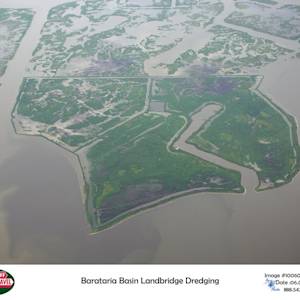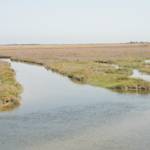China's sponge cities
2013 CE • Wuhan, China
"China's rapid modernisation and urbanisation over the last few decades have taken a heavy toll on the country's natural resources, especially water. The country's water crisis is well-known, with many cities facing chronic water shortages, water pollution, and incidents of flooding. To combat these challenges, the Chinese government launched an initiative in 2013, known as ‘sponge cities’. A sponge city is designed to absorb, clean and reuse water mimicking the water management system of natural sponges. Sponge cities are built with green infrastructure, such as wetlands, parks, and permeable pavements, which enable rainwater to infiltrate into the ground for storage and recharge of the groundwater table . . . Located in the Hubei Province of China, Wuhan is a sponge city that has been touted as a leading example of a nature based approach to increasing urban resilience to climate change. The city has initiated 389 separate sponge city projects covering 38.5 square kilometres of the city, including urban gardens, parks and green space designed to allow water to infiltrate during regular precipitation and to direct water away from urban areas during flooding. Other projects include artificial lakes that draw water away from populated areas and water channels that can safely handle large volumes of water during flooding . . . There were also significant co-benefits, including improved local air quality, biodiversity and conservation benefits, health and lifestyle benefits, and increased land value. The city’s Yangtze River Beach Park showcases this: temperatures in the park can be three degrees cooler than in the city; the vegetation sequesters 724 tonnes of carbon annually; and the value of land in surrounding areas has more than doubled . . ."
"5 Cities Leading the Way in Water Resilience," Aquatech, May 16, 2023.
Image: Rand-wi, CC BY-SA 3.0, via Wikimedia Commons


Learn about Maya Lin’s fifth and final memorial: a multi-platform science based artwork that presents an ecological history of our world - past, present, and future.

Discover ecological histories and stories of former abundance, loss, and recovery on the map of memory.

Learn how we can reduce our emissions and protect and restore species and habitats – around the world.

See how art can help us rethink the problems we face, and give us hope that each one of us can make a difference.

Help make a global memorial something personal and close to home. Share your stories of the natural world.


